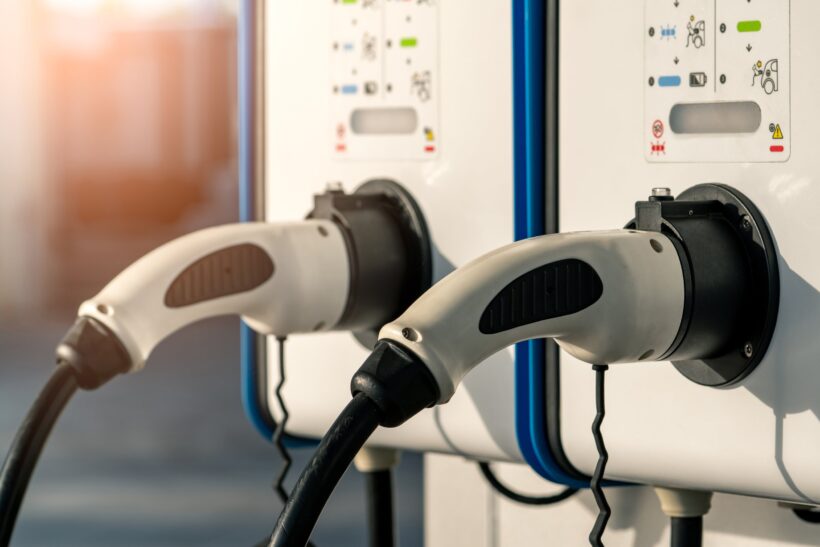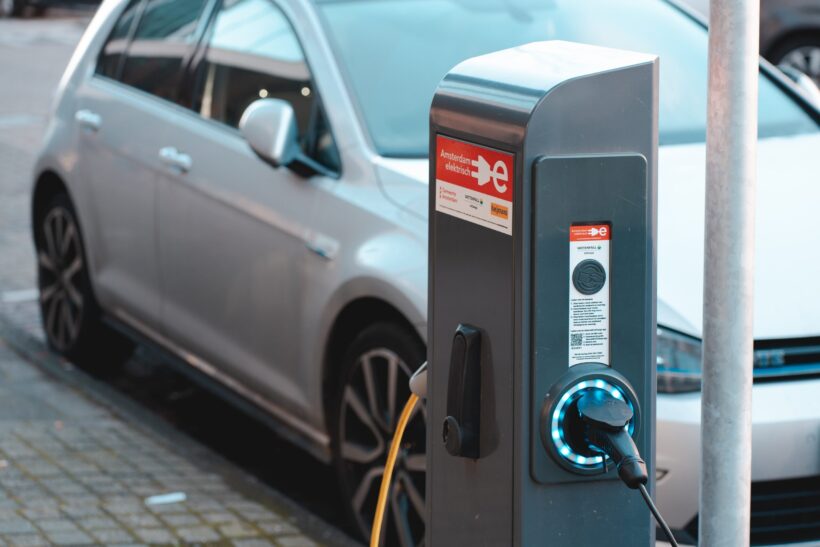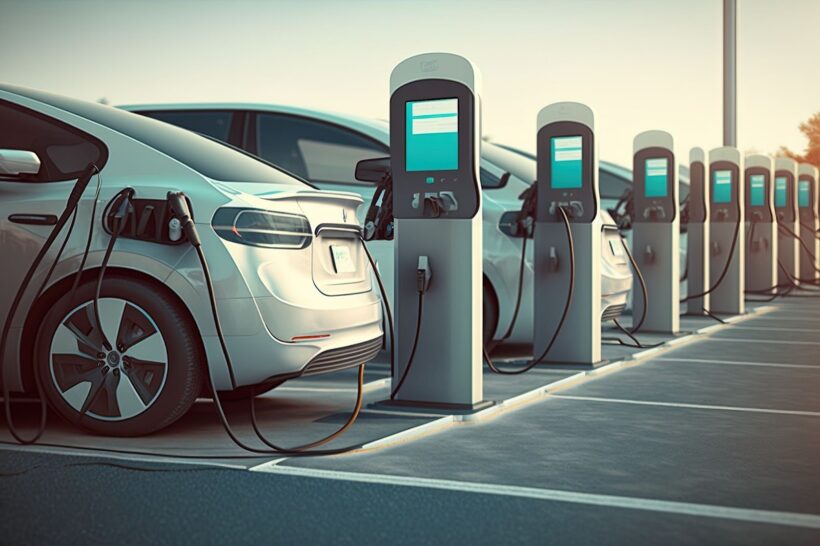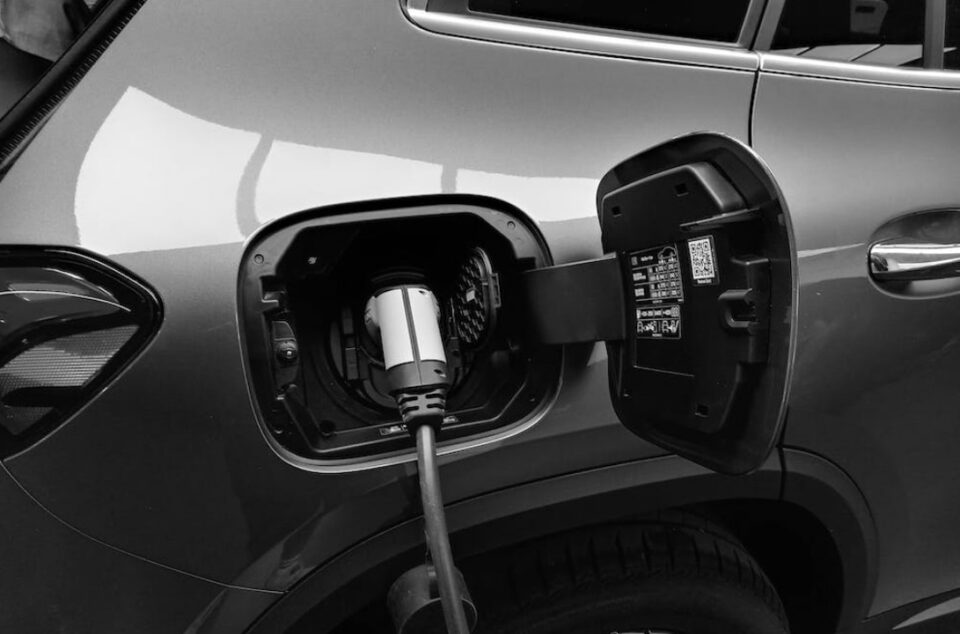As the adoption of electric vehicles (EVs) accelerates, the demand for EV charger installations is growing. This article explores the intricacies of EV charger installation, the advantages of home-based chargers, and commercial opportunities in the evolving EV charging landscape.
It provides a detailed, forward-thinking perspective to prepare stakeholders for a future where EVs dominate the transport industry. Our aim is to aid in unlocking the untapped potential of EV charger installation to ensure a sustainable transportation future.
The Rise of Electric Vehicles
The advent of electric vehicles (EVs) has marked a significant shift in the global automotive industry, driving a new era of sustainable transportation. This shift is not only technological but also legislative, with governments worldwide implementing Electric Cars Legislation to promote EV use.
The EV Sustainability Impact is multifaceted. Its environmental benefits include reduced greenhouse gas emissions and less reliance on fossil fuels.
However, the impact extends beyond the environment. The rise of EVs has also stimulated economic growth through the creation of new jobs in EV manufacturing and infrastructure development.
As EV technology continues to evolve, it is essential to maintain a forward-thinking approach to harness its full potential for sustainable transportation.
Understanding EV Charger Installation

Building upon the momentum of EV adoption, it is crucial to delve into the specifics of EV charger installation, a critical component of the broader infrastructure necessary for the proliferation of sustainable transportation.
The process involves unique challenges, such as electrical capacity, site suitability, and grid connectivity. Navigating these Charging Infrastructure Challenges requires technical expertise and strategic planning.
As the sector expands, meeting EV Installation Regulations becomes imperative. These rules, established by regulatory bodies, ensure safety and efficiency. They pertain to aspects like charger type, power output, and installation location.
Overcoming these challenges and adhering to regulations are key to facilitate seamless charging, a prerequisite for a truly sustainable and convenient EV future.
Benefits of Home EV Chargers
Capitalizing on the convenience of residential charging, home EV chargers offer numerous advantages including reduced refuelling time, lower energy costs, and the flexibility of charging vehicles overnight.
Charger efficiency is a significant benefit, with the ability to charge at peak periods and use off-peak electricity tariffs. This intelligent use of energy not only reduces strain on the grid but also contributes towards substantial financial savings.
Home EV chargers can also increase the overall lifespan of the battery by allowing for more controlled and consistent charging cycles.
The opportunity to integrate with smart home systems presents further advantages, such as remote monitoring and control.
As we look to a greener future, home EV chargers are becoming an essential tool for sustainable living.
Commercial Opportunities in EV Charging

In the era of rapid electric vehicle adoption, commercial opportunities in EV charging infrastructure are burgeoning, offering substantial prospects for businesses across various sectors. Government incentives are encouraging the development of public and private charging stations, making it a lucrative venture.
Businesses can benefit from installing EV chargers, attracting a growing customer base of EV users while contributing to a sustainable future.
Furthermore, the need for EV charger maintenance opens another revenue stream. With more EV chargers, the demand for regular check-ups, software updates, and repair services will increase. This gives rise to a new market segment that businesses can tap into.
Therefore, the rise of EVs presents a myriad of commercial opportunities that are worth exploring.
Types of EV Chargers
When it comes to electric vehicle (EV) chargers, there are various types available, each serving different purposes. Level 1 chargers are basic and use standard household outlets, while Level 2 chargers offer faster charging and are commonly used at homes and public charging stations.
DC fast chargers are the quickest, often found along highways, providing rapid replenishment of an EV’s battery. Understanding these charger types helps EV owners make informed decisions on the most suitable charging solution for their needs.
Environmental Impact of EVs
Electric vehicles have made a significant impact on the environment by reducing greenhouse gas emissions and lessening reliance on fossil fuels.
Beyond their environmental benefits, the rise of EVs has stimulated economic growth, generating new jobs in manufacturing and infrastructure development. The shift toward EVs is a pivotal step in achieving a sustainable future.
Expanding Charging Infrastructure

As the popularity of electric vehicles continues to surge, expanding the charging infrastructure is crucial. This entails increasing the number of charging stations, improving accessibility, and ensuring interoperability between different charging networks.
A robust charging infrastructure is essential to alleviate concerns about “range anxiety” and to support the growing EV user base.
Governments and private entities must collaborate to establish a comprehensive charging network that meets the evolving needs of EV owners.
Challenges in Grid Capacity
The transition to electric vehicles presents challenges related to grid capacity. A surge in EV adoption could strain the electrical grid, leading to power shortages and infrastructure stress.
Smart grid technologies and load management systems are being implemented to mitigate these challenges, ensuring that the grid can handle the increased demand for electricity caused by widespread EV charging.
Addressing grid capacity concerns is vital to maintain a reliable and efficient energy supply while accommodating the growing fleet of electric vehicles.
Preparing for an EV Dominated Future

Embracing the imminent surge in electric vehicles, it is paramount for businesses and cities alike to strategize and implement robust infrastructures for EV charging.
Infrastructure challenges loom, including grid capacity, charger availability, and installation logistics. However, emerging technologies and innovative solutions promise to address these issues, fostering a seamless transition towards an EV dominated future.
Concurrently, policy advancements are critical to drive this shift. Governments must enact supportive regulations and incentives to spur EV adoption and charger installation.
Thus, as we prepare for an EV dominated future, it’s crucial to overcome infrastructure challenges and capitalize on policy advancements. Proactive planning and execution today will ensure a sustainable, efficient, and technologically equipped future.

